Give us some background about yourself as a writer and why it was important for you to attend a residency at this point in your career.
I am writing a book around the subject of work, which shapes people’s lives in profound and often unexamined ways. My “day job” in the technology field is demanding which means that I work on the book in leftover time, so progress is steady but slow. The residency came at a particularly opportune time — I was about 80% finished with the manuscript, and what I needed most was dedicated time to flip the priorities and put my creative project first in order to accelerate the time it was taking and bring the work to fruition.
How did you structure your time during your writer’s residency?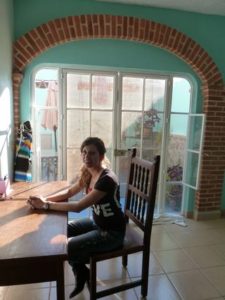
I would focus on writing one chapter each week, and I also spent a day every week working on submissions of earlier pieces so I could get some of my other work out there.
Starting early worked best for me. If I got in a good morning’s work, I felt good about the day even if I didn’t accomplish anything else. I often kept going through the afternoon or evening. Working primarily in the morning also allowed me to enjoy a siesta in the heat of the afternoon.
How did you hear about 360 Xochi Quetzal and why did you choose to apply to a program in Mexico?
I heard about 360 Xochi Quetzal via the Alliance of Artists Communities (http://artistcommunities.org/). I was starting to apply for residencies, and thought the setting sounded perfecta: a place to disconnect from the usual daily distractions and also a rich place to experience. I used to go to Mexico a lot, and had always wanted to spend more time there, so it was an optimal combination.
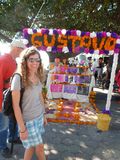 Your residency was in Chapala, a small town in central Mexico. Tell us about how you found your way around and explored the town.
Your residency was in Chapala, a small town in central Mexico. Tell us about how you found your way around and explored the town.
Exploring new places is one of my favorite pastimes. I’ve been fortunate enough to travel to many parts of the world, but it is different when you live someplace. I noticed that carrying groceries home makes a person look like a local – when I did that, people stopped looking at me like a tourist. Chapala is a small enough town that, after awhile, people recognized me and I recognized them. I got to feel a part of the place in a way that I hadn’t anticipated.
I never had much of a plan as far as finding my way around – I just ventured out every day and little by little, figured out where things were. Some of my favorite spots in Chapala were the Centro Cultural, and the trail up to the top of the hill overlooking the town. I also developed a habit of visiting one particular ice cream vendor – I really miss that!
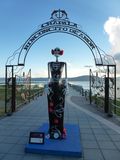 What can you share about your writing process during your residency? What ideas were you exploring? How did this time focused time influence your work and thinking?
What can you share about your writing process during your residency? What ideas were you exploring? How did this time focused time influence your work and thinking?
I am used to writing in short bursts, and the time in Chapala was the opposite. I got used to working in a more continuous way, being more immersed in the subjects over the course of a day or a week. Usually I’d write for awhile and then sometimes I’d go out walking and think about what I was doing, or sometimes I’d do some research for a chapter. So even when I wasn’t writing, I tried to direct all my activities toward the particular piece I was working on.
In a way, it felt odd to be working on this book about a fast-paced, high-tech lifestyle in the middle of a town where that lifestyle doesn’t exist. I think (I hope) that might have ended up making some of the writing more meaningful because I was very aware of the context of the larger world, even while I was examining what might be considered a particular American subculture.
What were some of the highlights of the residency for you? What parts were hard for you?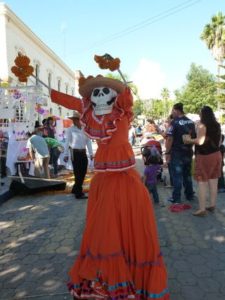
One of the highlights was getting up in the morning, having breakfast out on the patio, and then sitting down to write, as if this were my job. I can think of so many mornings where I’ve wished I could do just that. Getting to live the life of a writer was really satisfying, even though there were plenty of frustrating writing days. Restoring myself to a natural sleep schedule was also great, and I loved meeting so many interesting people.
The first few days were absolutely the hardest part for me, to be taken out of a routine and suddenly dropped into a new life. I was assailed by doubt about what I was doing and whether it was a good use of time, whether I could actually accomplish what I was planning to accomplish. I guess you’d call it culture shock, but by that I don’t mean the culture of Mexico, I mean being in a totally unfamiliar state where every minute wasn’t already packed with demands that told me what I had to do next. It took me a week or so to get acclimated to that, to get my bearings and start to feel somewhat normal.
How did the natural surroundings influence or affect your work?
I had a favorite spot by the lake at Parque de la Cristiania in the morning when there weren’t many people around. These moments were all about serenity — listening to the wind in the trees, following the birds in the marsh, watching the fishing boats on the lake. Although my book isn’t focused much on nature, these times were lovely and nourishing.
 Some writers come to a residency with a particular creative game plan. Others just arrive open to whatever inspires them at the moment. How did you approach your residency and how did your creative time compare to what you anticipated?
Some writers come to a residency with a particular creative game plan. Others just arrive open to whatever inspires them at the moment. How did you approach your residency and how did your creative time compare to what you anticipated?
For me, this was precious time, and I wanted to make sure I used it well. I had a pretty specific game plan which I didn’t follow exactly, but having it helped me become more productive. I don’t think I would have gotten anywhere just being open to anything, but then I had a very concrete goal in finishing the book. Of course, plans are always somewhat ambitious, so I didn’t finish everything I wanted to, but I got close, and I definitely left satisfied with what I accomplished.
What else can you share about your residency experience? Were there any surprises?
I really appreciated my fellow resident Yuki Shiroi (see Yuki’s interview on our website), who shared the adventure and painted some amazing murals. Every day in Chapala was a surprise, really. I would love to come back.
To read excerpts of Karen’s work, please download here: Download The Sounds

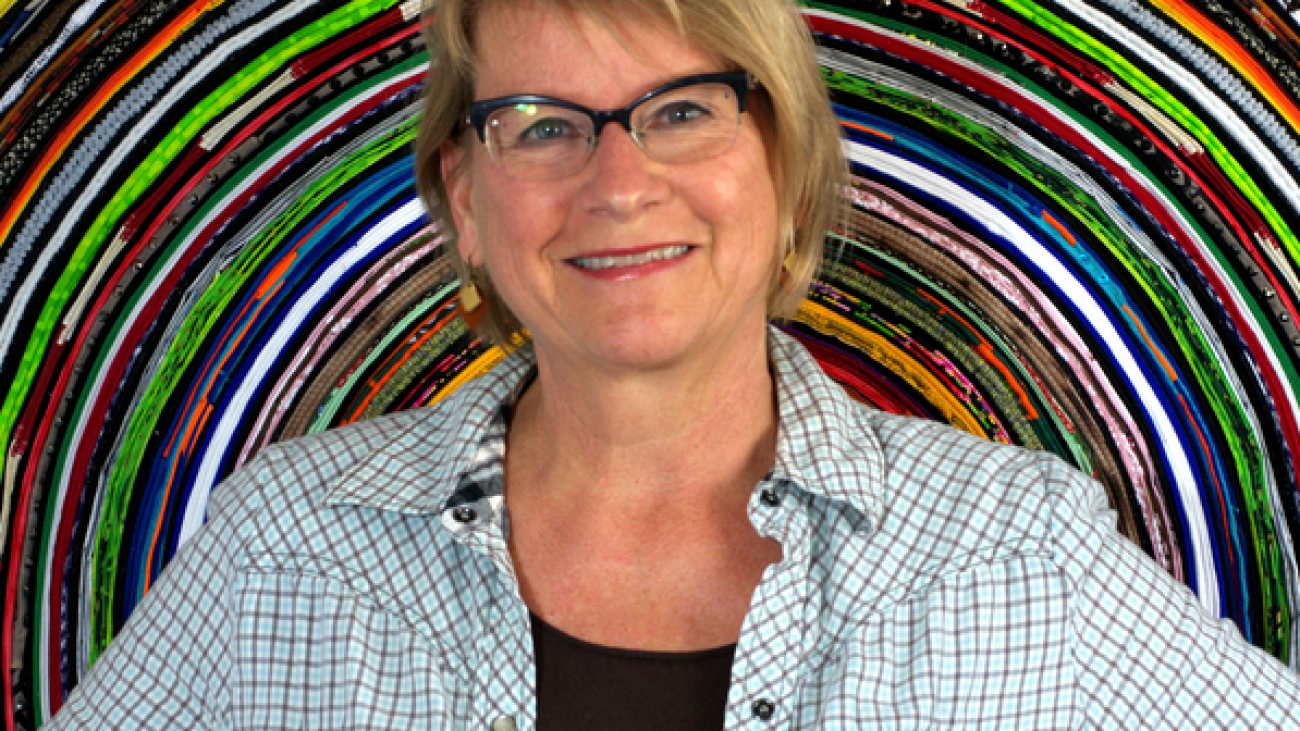
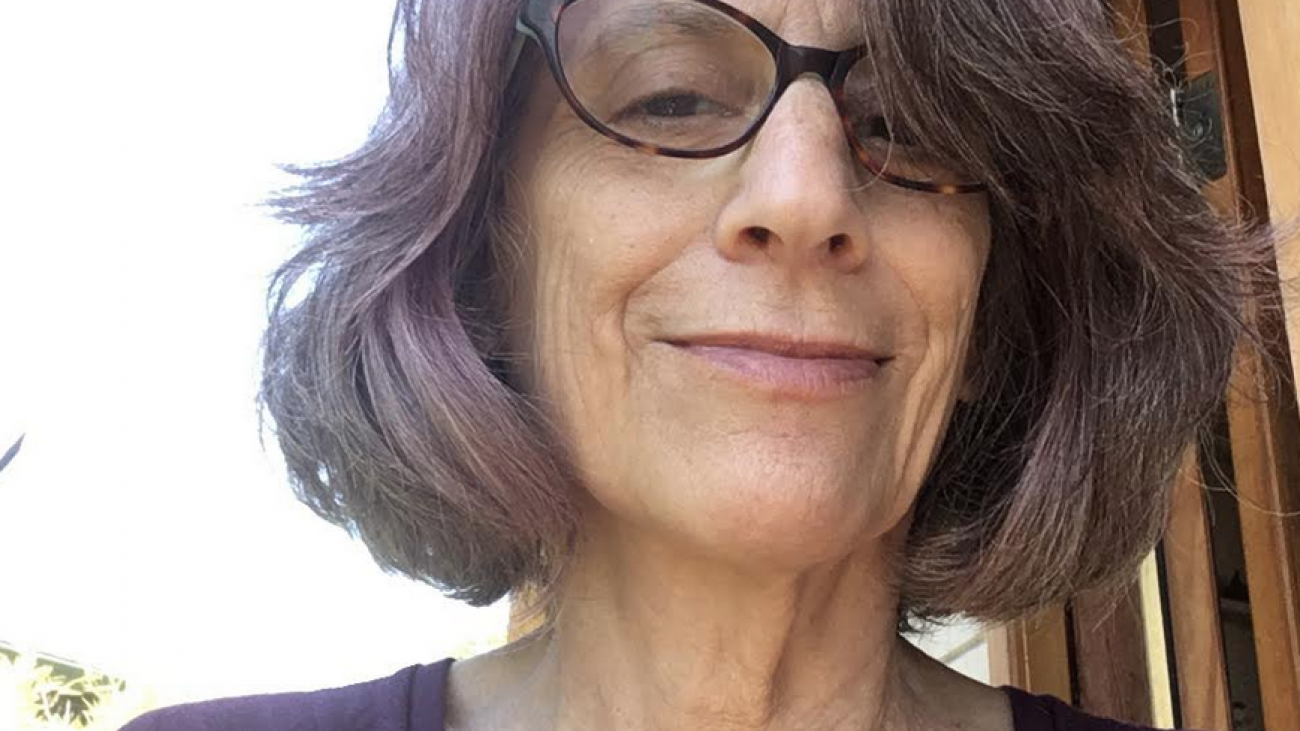
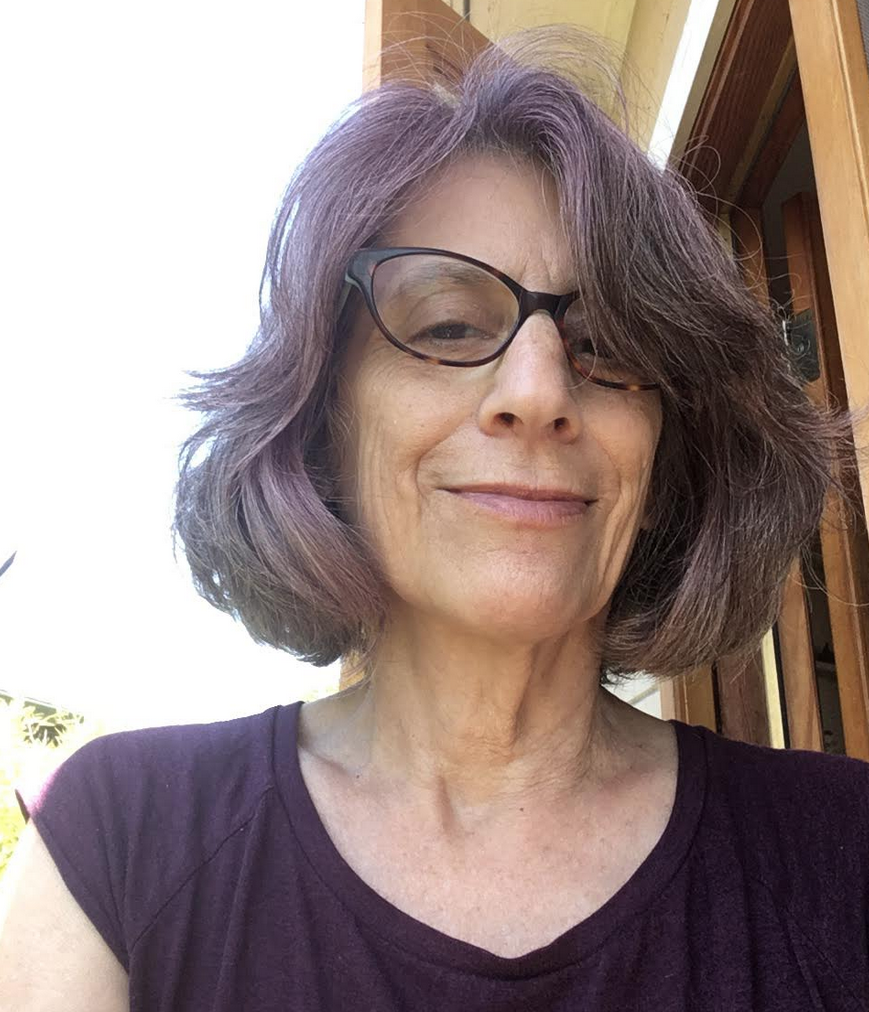
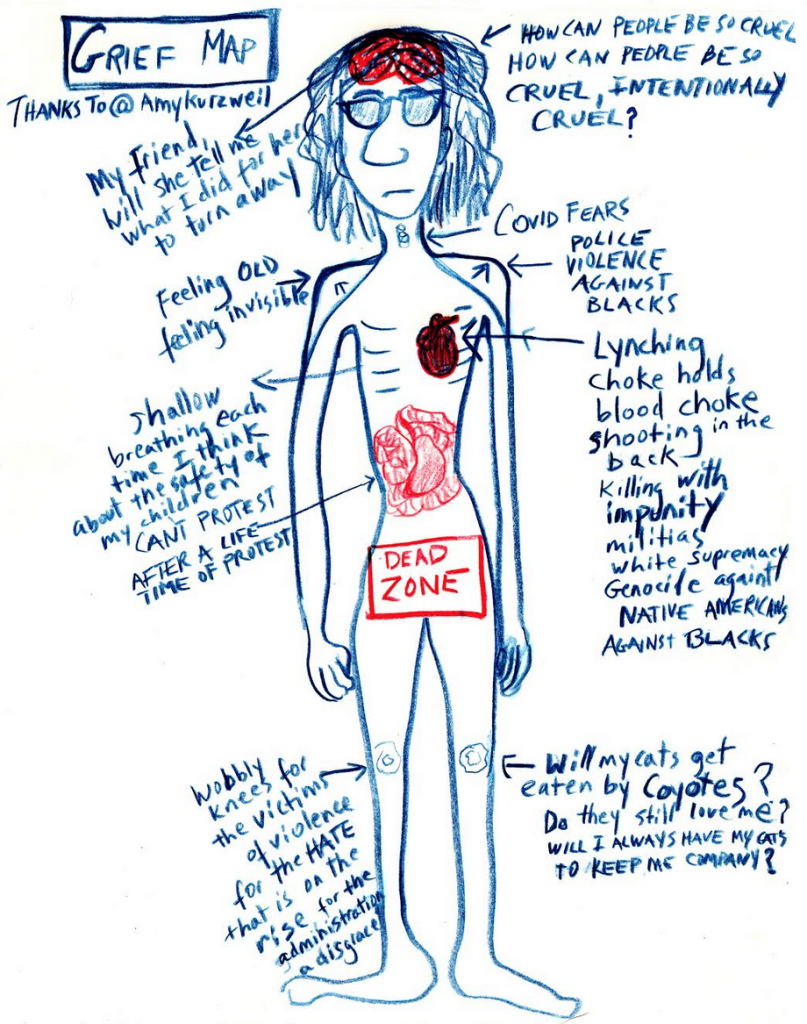
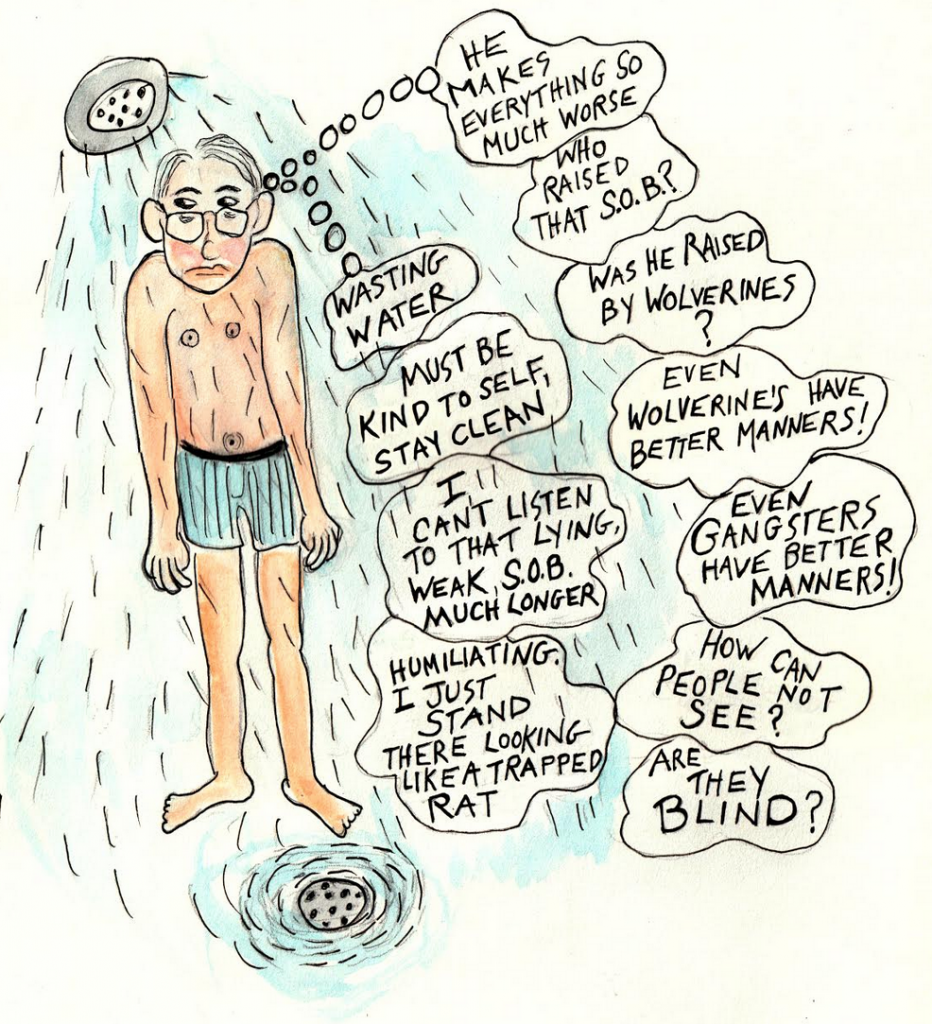
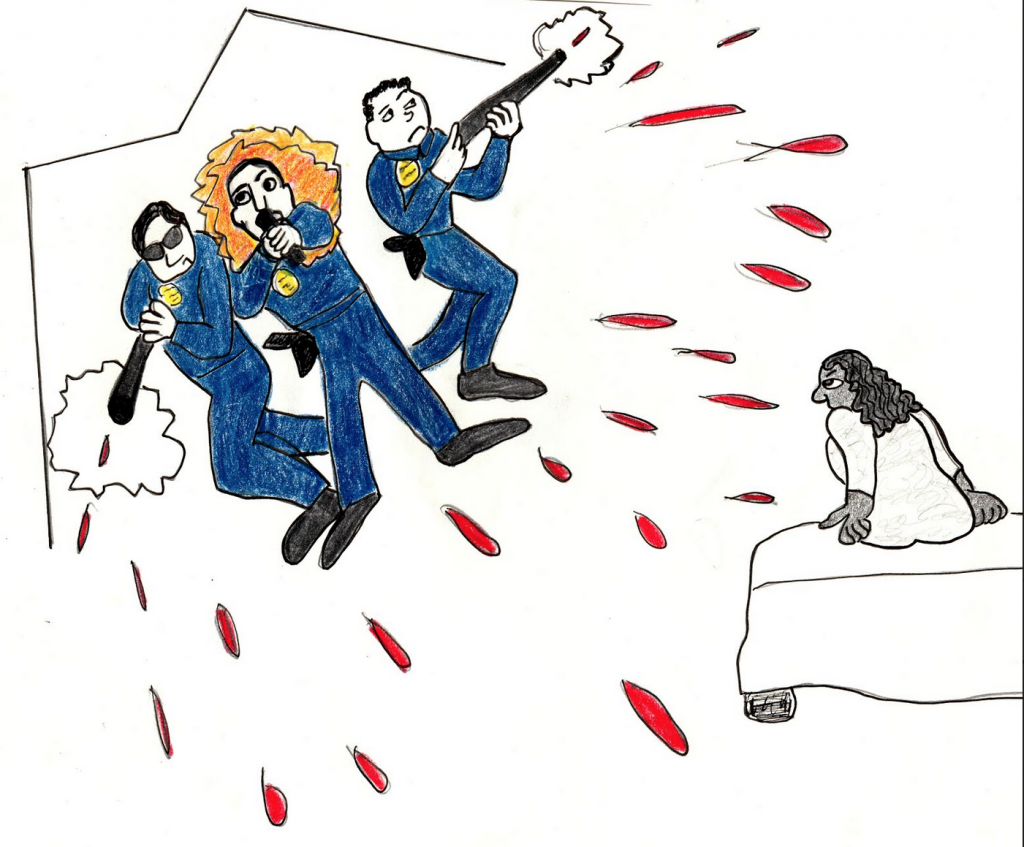
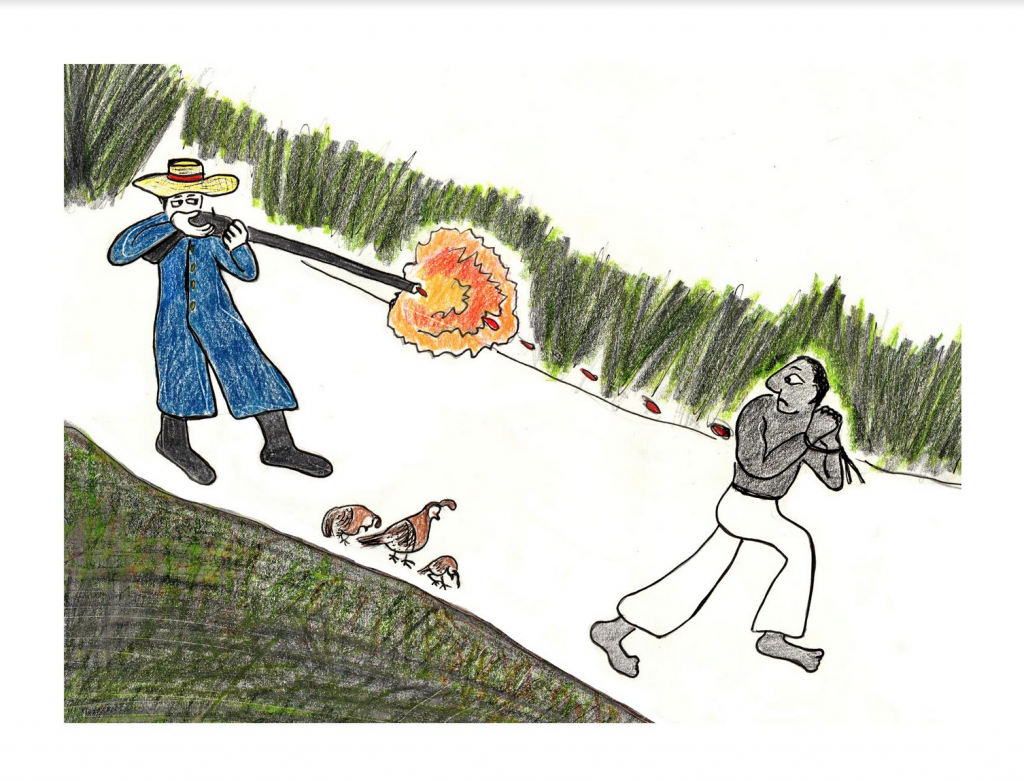
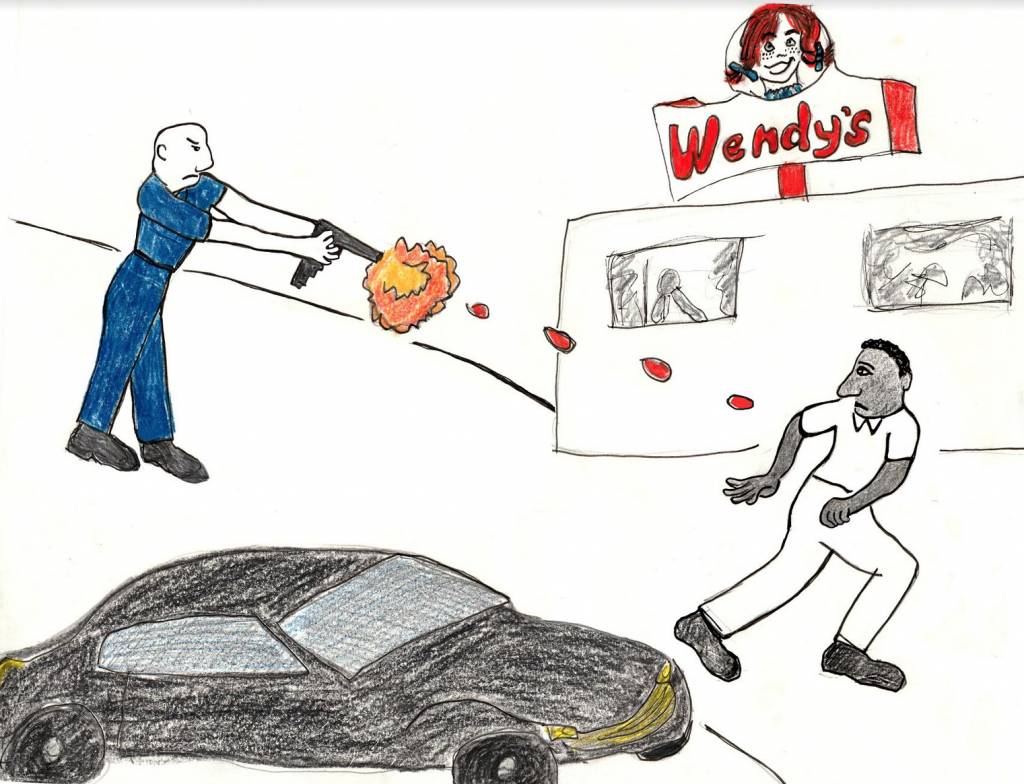

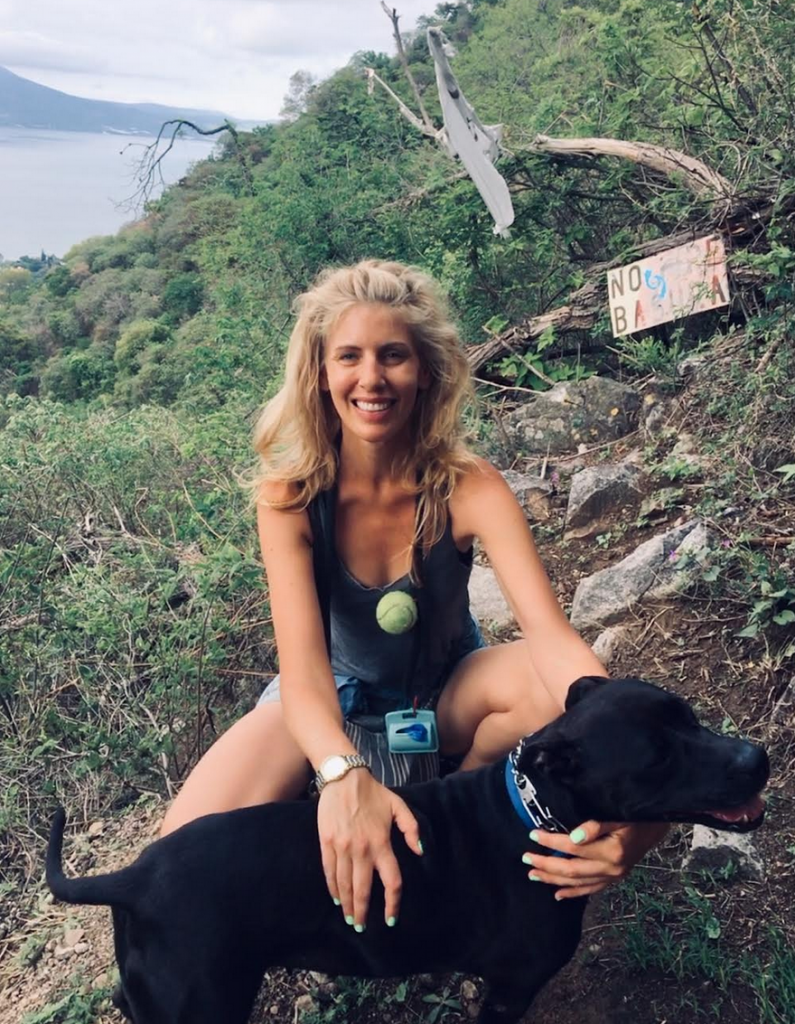
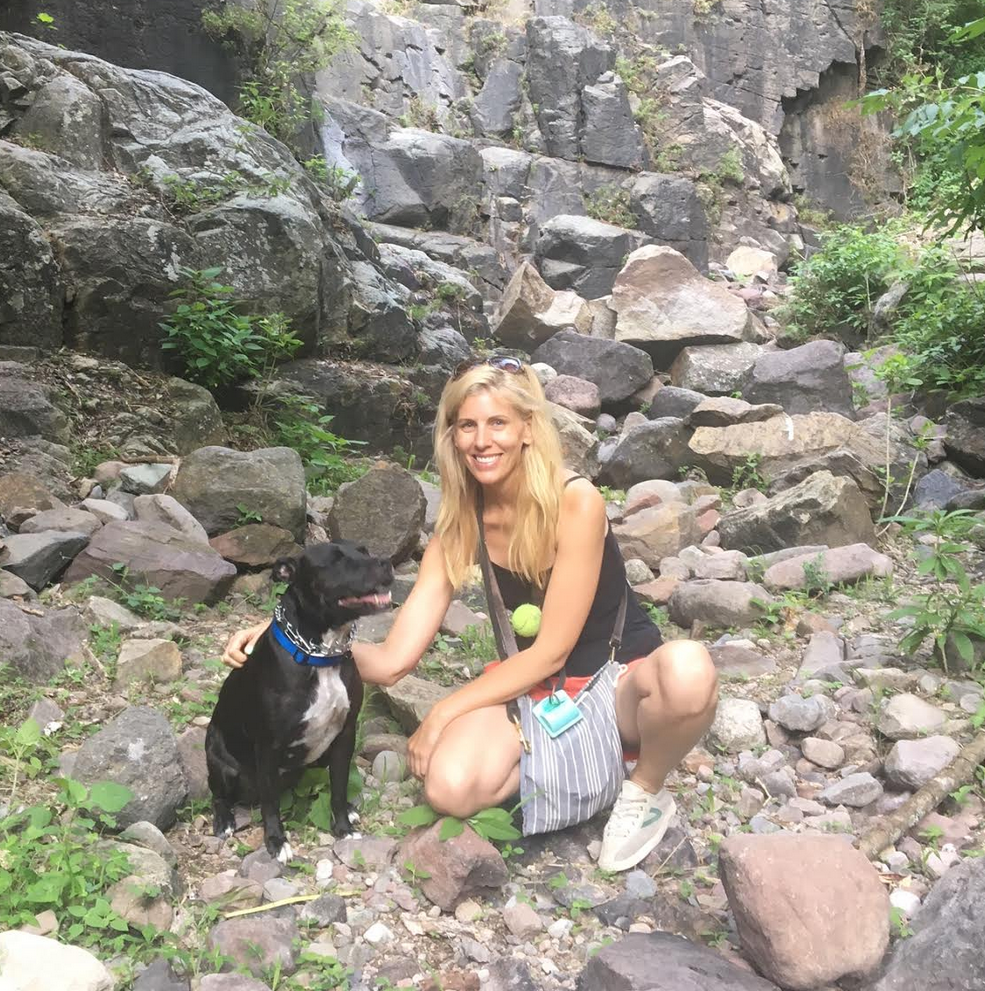

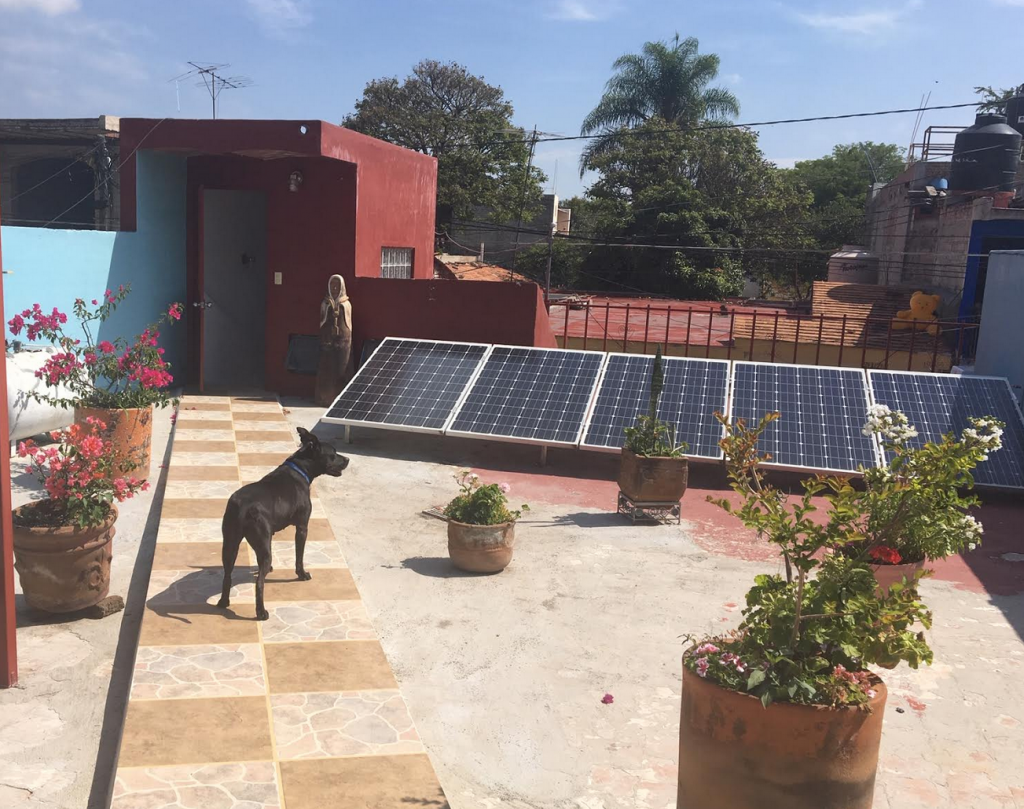
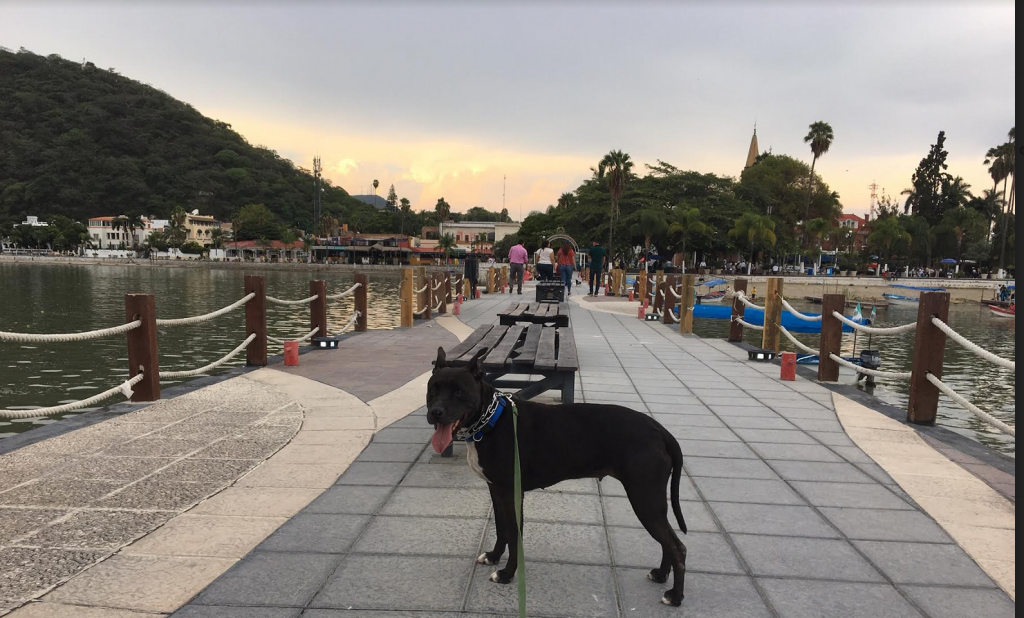
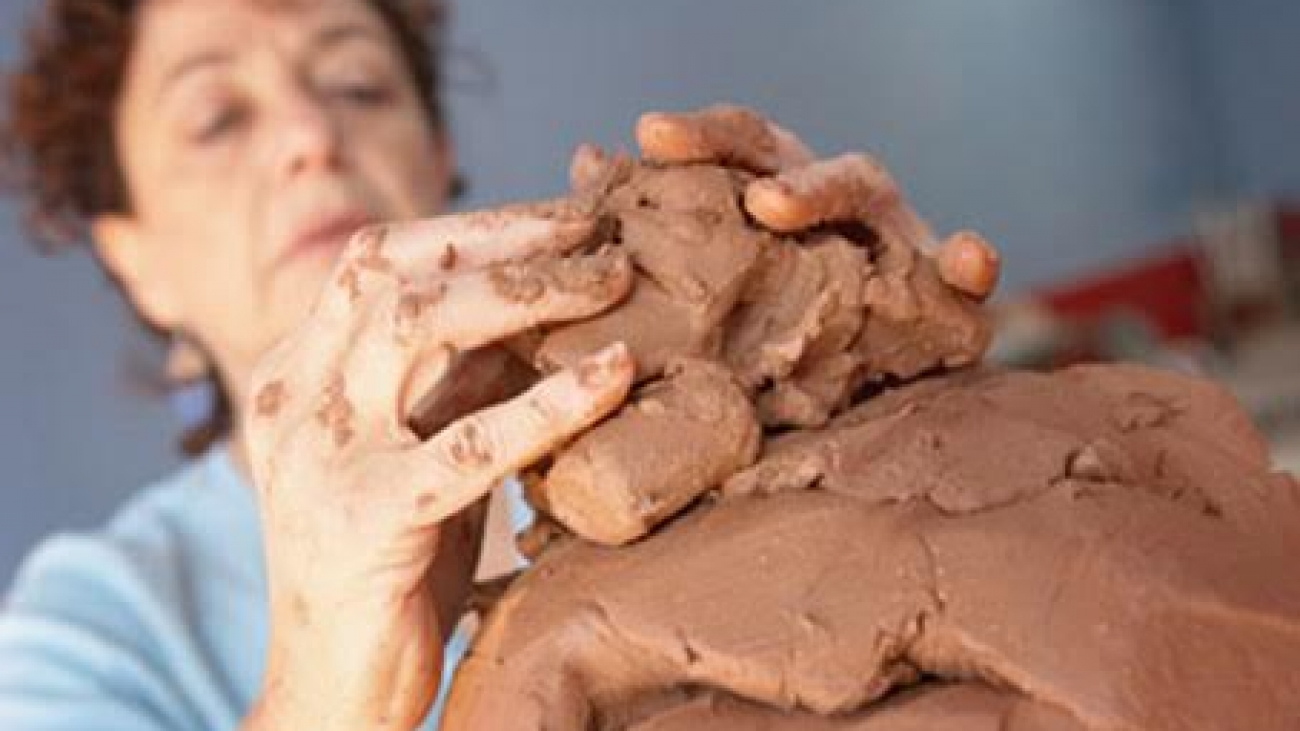
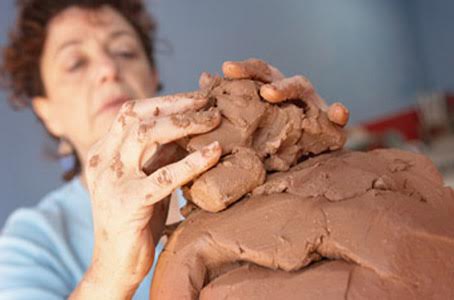
 For the last 30 years I’ve worked as a carver with clay and stone. I always approach a medium searching for new ways of reinventing it challenging both the medium and myself. In recent years I began adding mixed media and masonry colorants to my clay sculpture after learning about Clay Printing (a technique developed by Mitch Lyons). I begin with a clayprint which I lift onto a synthetic texturized fabric, mount on wood and add layers of mixed media. It’s a long and laborious process but it gives me the results I desire and a new way of expressing myself.
For the last 30 years I’ve worked as a carver with clay and stone. I always approach a medium searching for new ways of reinventing it challenging both the medium and myself. In recent years I began adding mixed media and masonry colorants to my clay sculpture after learning about Clay Printing (a technique developed by Mitch Lyons). I begin with a clayprint which I lift onto a synthetic texturized fabric, mount on wood and add layers of mixed media. It’s a long and laborious process but it gives me the results I desire and a new way of expressing myself.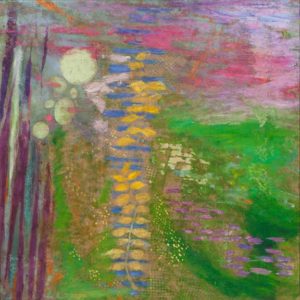 Our life journeys are complex and have within them the positive and the negative, which deeply influence us. On one hand living in several cultures and countries (Argentina and Israel) has profoundly enriched me; hower, experiences of immigration, oppression, and war have scarred me. Over time, in searching for my truth and identity, I have integrated and embraced all of my parts. After years of feeling like an outsider and minority, I now consider myself a citizen of the world. Our human experiences do not divide us (only labels do that) but unite us regardless of color, religion, or nationality. These are recurring themes in my work.
Our life journeys are complex and have within them the positive and the negative, which deeply influence us. On one hand living in several cultures and countries (Argentina and Israel) has profoundly enriched me; hower, experiences of immigration, oppression, and war have scarred me. Over time, in searching for my truth and identity, I have integrated and embraced all of my parts. After years of feeling like an outsider and minority, I now consider myself a citizen of the world. Our human experiences do not divide us (only labels do that) but unite us regardless of color, religion, or nationality. These are recurring themes in my work.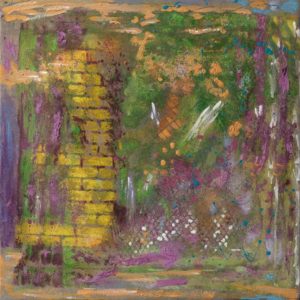 You have had four personal residencies in Chapala. What keeps bringing you back?
You have had four personal residencies in Chapala. What keeps bringing you back?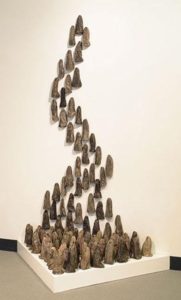 I am not a structured artist in the sense that I allow the flow to carry me, especially when I am in Chapala. I take plenty of time for contemplation, meditation, and long walks along the lake. I always take my iPad so I can take notes, photos, and draw whenever an idea or an image inspires me. Then, several days a week I work at the studio to further explore and develop them. I enjoy taking the bus into neighboring pueblos. The ride itself is an uplifting experience for me – I love how people relate to each other in an open and friendly way. I’ve made great friends in the area. We go to concerts, art openings, and eat out. There is a never-ending list of fabulous places to eat.
I am not a structured artist in the sense that I allow the flow to carry me, especially when I am in Chapala. I take plenty of time for contemplation, meditation, and long walks along the lake. I always take my iPad so I can take notes, photos, and draw whenever an idea or an image inspires me. Then, several days a week I work at the studio to further explore and develop them. I enjoy taking the bus into neighboring pueblos. The ride itself is an uplifting experience for me – I love how people relate to each other in an open and friendly way. I’ve made great friends in the area. We go to concerts, art openings, and eat out. There is a never-ending list of fabulous places to eat. What were you working on during this most recent residency?
What were you working on during this most recent residency?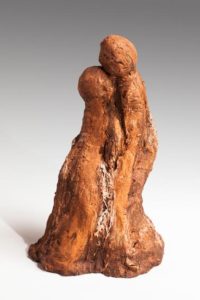 About 30 years ago I decided to quit the corporate/business world. I wanted to be, live, and make art. I began teaching at various institutions. Over time, as my name and teaching methods became known, I was able to start my own school. I teach adults and seniors in my studio in Oakland, CA, I teach in upscale senior facilities and also at homeless seniors through Alameda County. I also teach privately in my studio or the artist’s. I taught stone carving at Pixar Animation Studios for 8 years and occasionally I’m invited to teach in other countries including workshops in stone carving, clay sculpture, mixed media, clay printing, and the business of art. I primarily show my artwork in the San Francisco Bay Area, but I have also shown in New York, Corsica and most recently Paris. That was an amazing experience, to say the least.
About 30 years ago I decided to quit the corporate/business world. I wanted to be, live, and make art. I began teaching at various institutions. Over time, as my name and teaching methods became known, I was able to start my own school. I teach adults and seniors in my studio in Oakland, CA, I teach in upscale senior facilities and also at homeless seniors through Alameda County. I also teach privately in my studio or the artist’s. I taught stone carving at Pixar Animation Studios for 8 years and occasionally I’m invited to teach in other countries including workshops in stone carving, clay sculpture, mixed media, clay printing, and the business of art. I primarily show my artwork in the San Francisco Bay Area, but I have also shown in New York, Corsica and most recently Paris. That was an amazing experience, to say the least.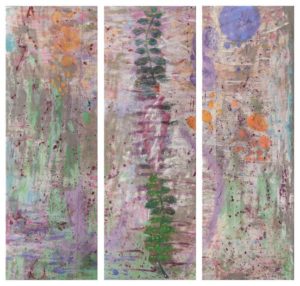 What advice do you have for other artists who are considering a personal residency in Mexico?
What advice do you have for other artists who are considering a personal residency in Mexico?
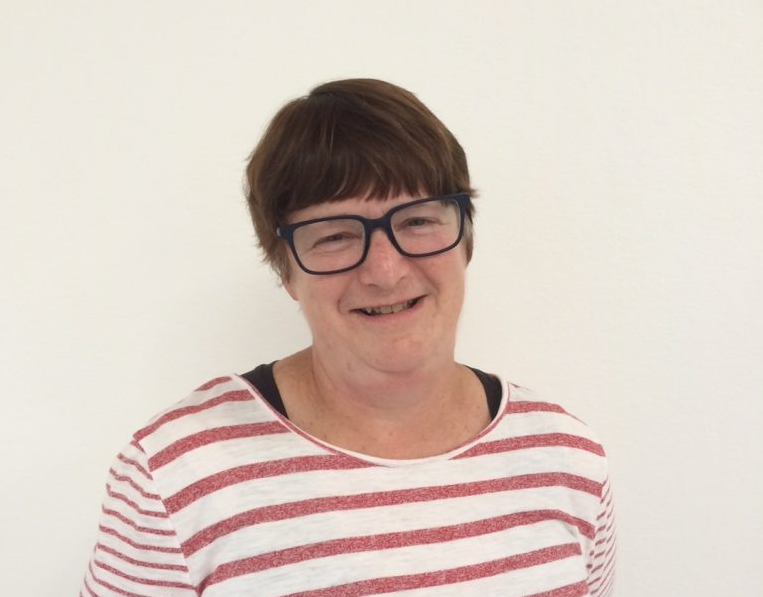
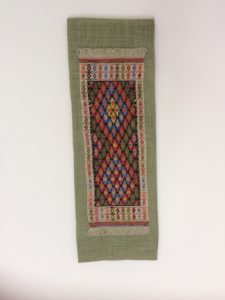
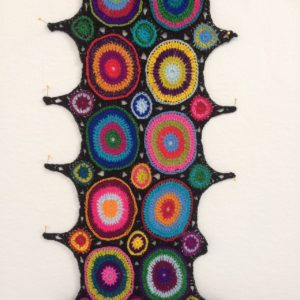 Tell us about your current embroidery work
Tell us about your current embroidery work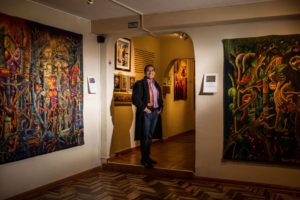
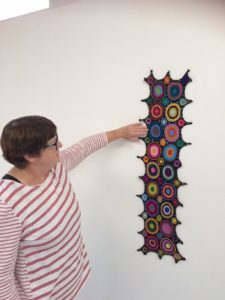 What advice do you have for other artists?
What advice do you have for other artists?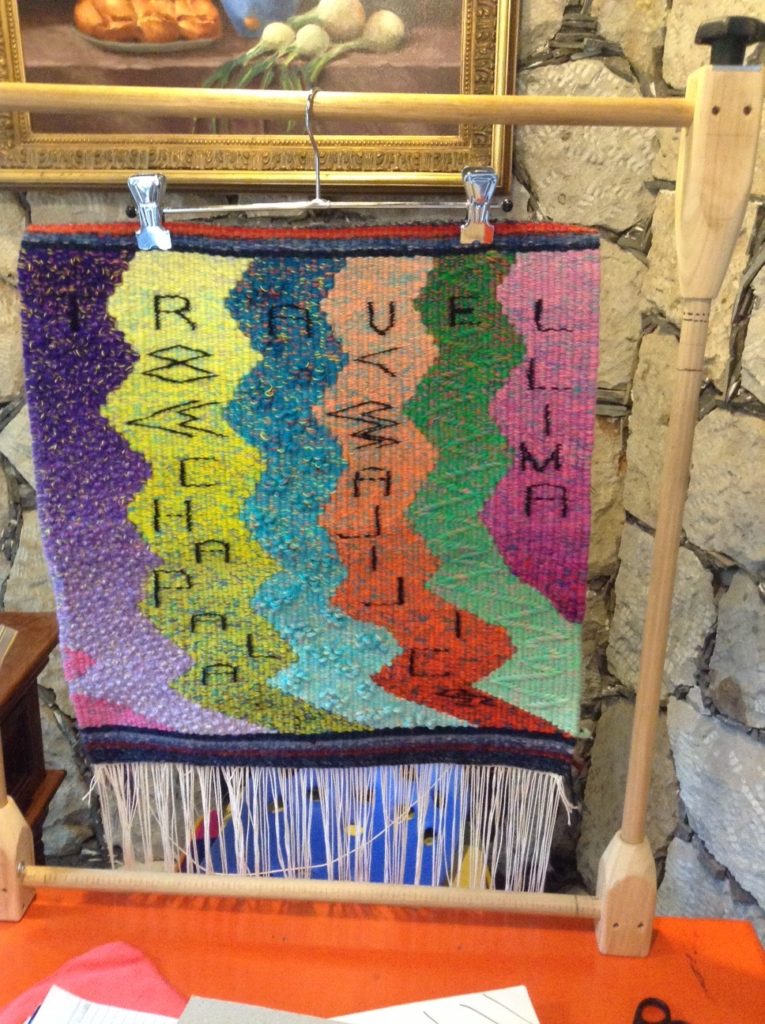
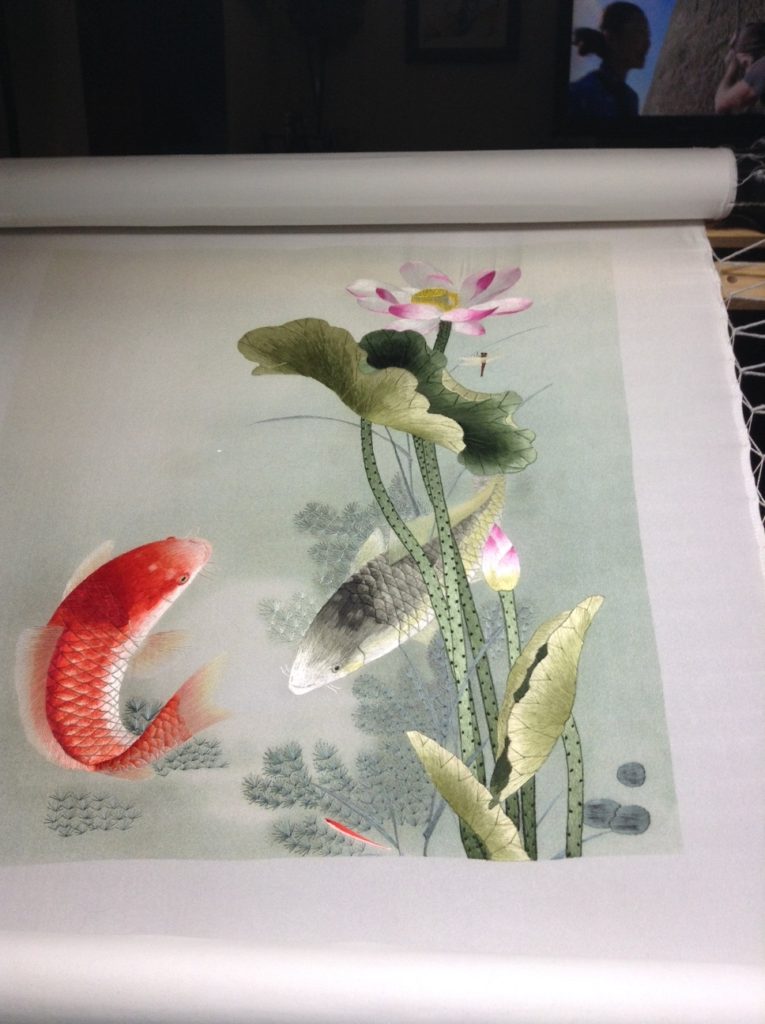
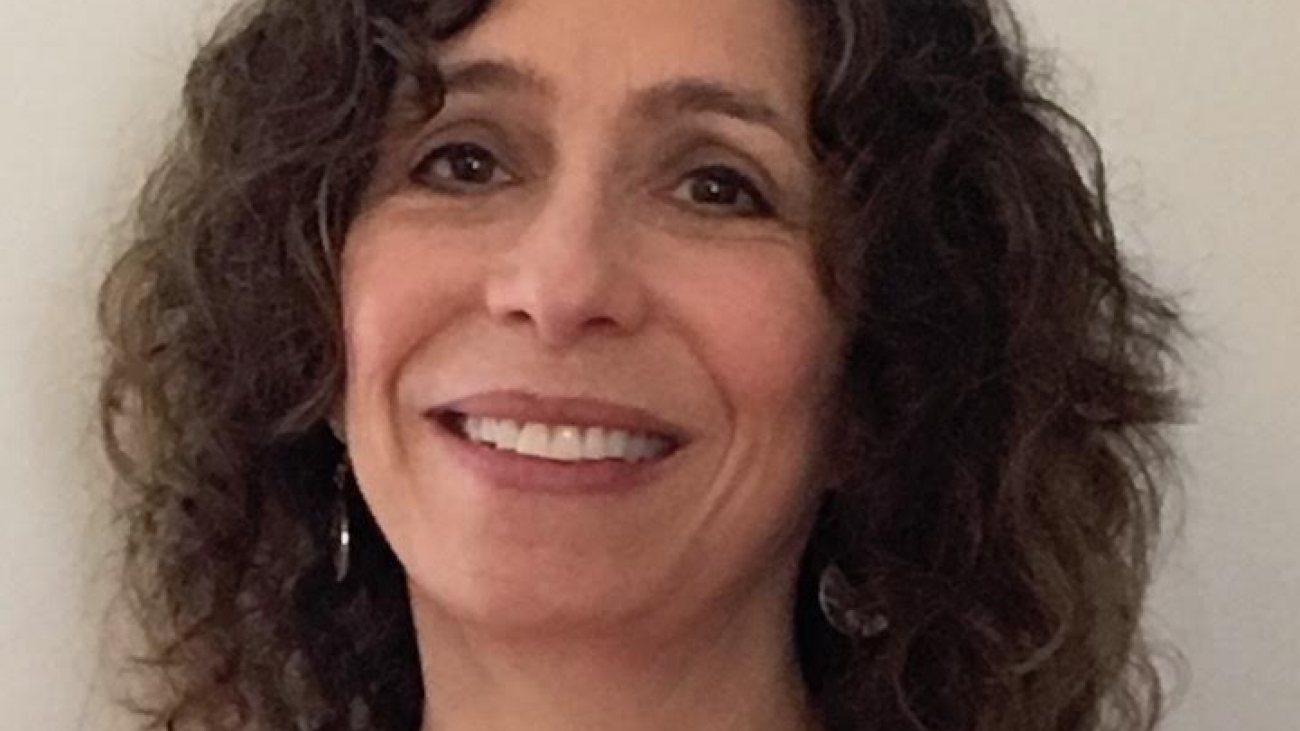
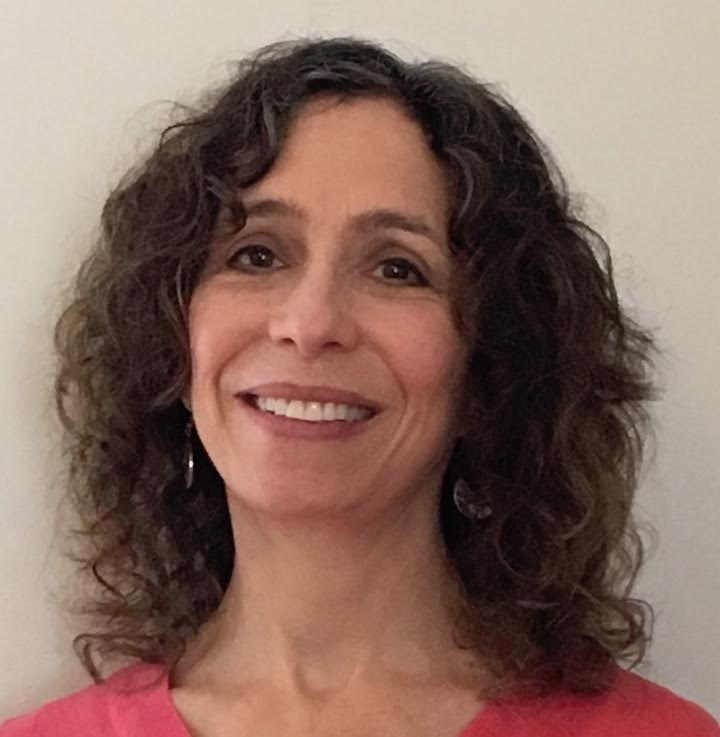
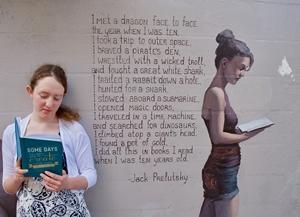
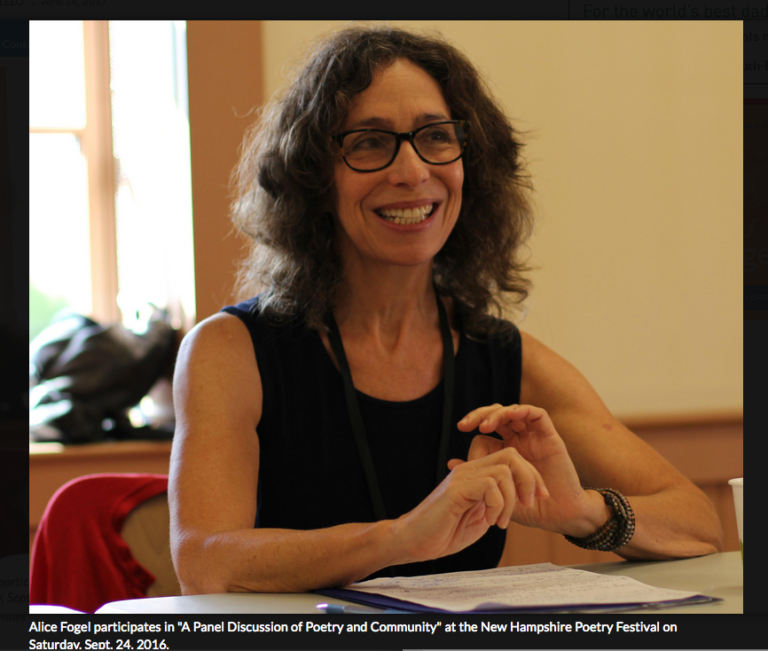
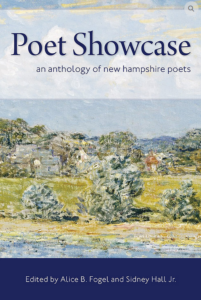
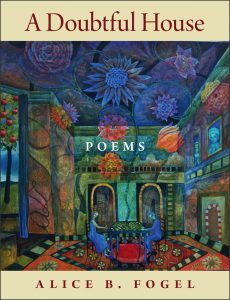
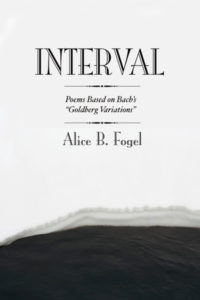

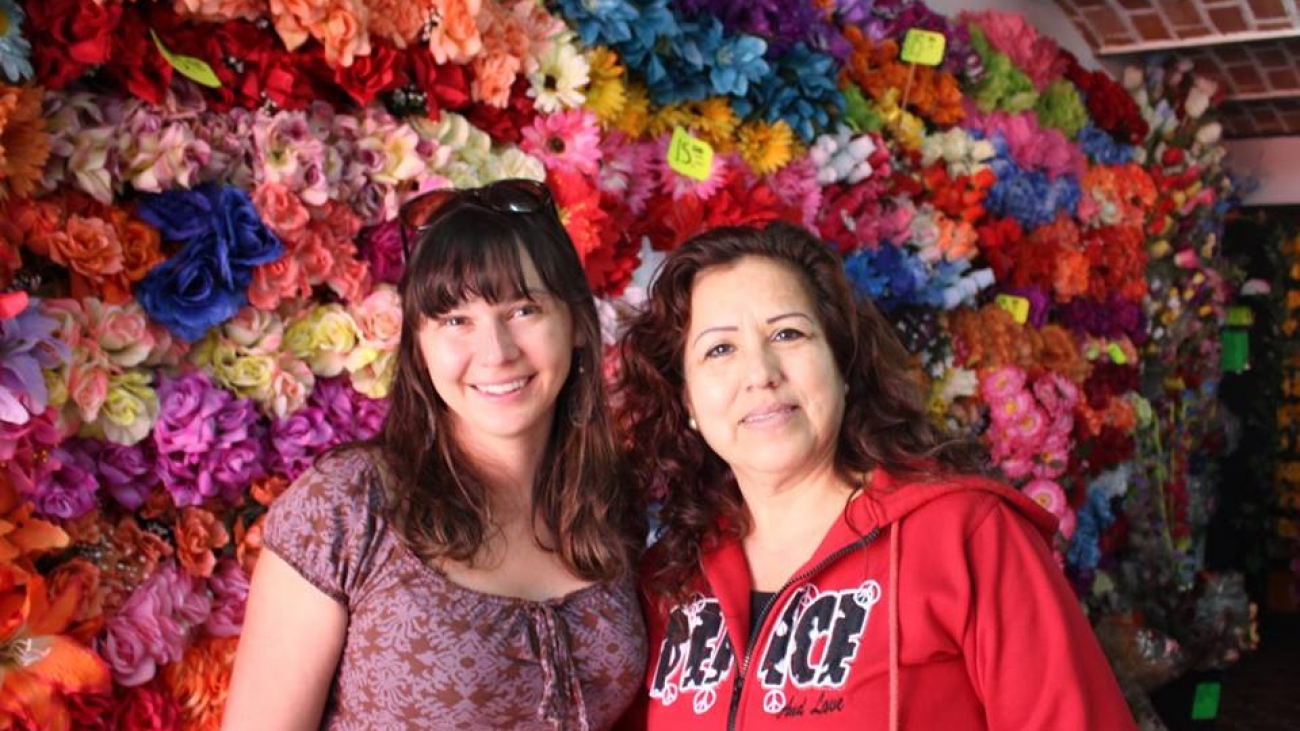
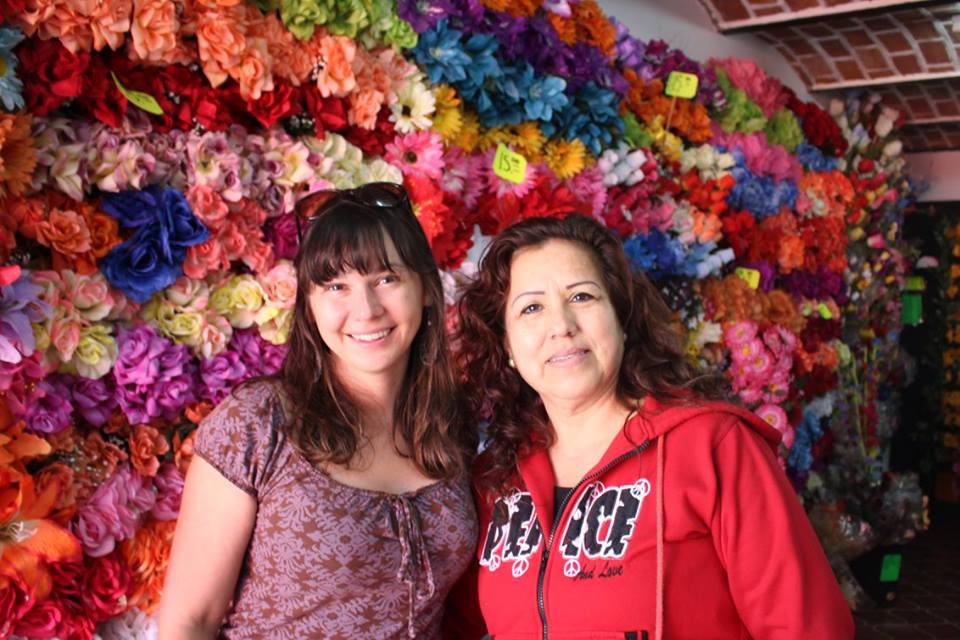
 For the past few years, I have been attracted to working with hair. I often think of my work as dimensional drawing, and as a material, hair has the potential to produce such a fine, delicate line. I love the idea of working with detritus that is part of our everyday lives but goes unnoticed, and what it means to transform such a material and attribute meaning to it. I am also fascinated with the personal quality of hair. I love that it is an extension of the self that goes out into the
For the past few years, I have been attracted to working with hair. I often think of my work as dimensional drawing, and as a material, hair has the potential to produce such a fine, delicate line. I love the idea of working with detritus that is part of our everyday lives but goes unnoticed, and what it means to transform such a material and attribute meaning to it. I am also fascinated with the personal quality of hair. I love that it is an extension of the self that goes out into the 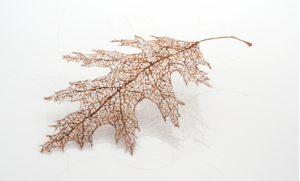 world and is encoded with our unique DNA. It functions as a sort of memory or a trace. There is the reference to the Victorian mourning jewelry popular in the 1800s. And then there is of course the attraction/ repulsion juxtaposition. Hair is seen as attractive and even luxurious when it is on one’s head, and at the same time repulsive or disgusting when found as a single strand apart from the head.
world and is encoded with our unique DNA. It functions as a sort of memory or a trace. There is the reference to the Victorian mourning jewelry popular in the 1800s. And then there is of course the attraction/ repulsion juxtaposition. Hair is seen as attractive and even luxurious when it is on one’s head, and at the same time repulsive or disgusting when found as a single strand apart from the head. Your residency was in Chapala, a small town in central Mexico. You live and work in Boston. How was it for you being in such a different environment and how did it influence the work you did during the residency?
Your residency was in Chapala, a small town in central Mexico. You live and work in Boston. How was it for you being in such a different environment and how did it influence the work you did during the residency?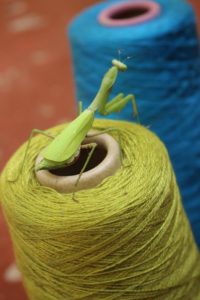 Your residency included visual artists, writers and a musician who seemed to form a special sense of community. Tell us about how this affected and inspired you during the residency.
Your residency included visual artists, writers and a musician who seemed to form a special sense of community. Tell us about how this affected and inspired you during the residency.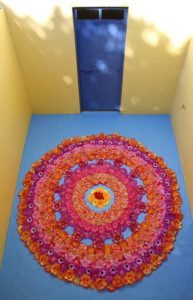 Before arriving in Chapala, I had planned to work on a weaving project during my residency since I knew I would have access to a loom. After taking several walks around the neighborhoods of Chapala, I realized that I wanted to respond to the vibrant color and light of the location. There was a shop on my street that sold fabric flowers, and every time I passed by, I stopped to admire the wall of striking colors. I started buying some of the flowers and soon, despite my extremely limited Spanish, I made friends with Dora, the owner of the shop and her husband Luis. They were so kind and welcoming and we shared many funny moments! At home, I would never be drawn to working with artificial flowers, but in the context of Chapala and the space where I was working, it made perfect sense. Coming from Boston, sitting in the sun and working with color in the middle of winter felt very therapeutic for me as well. I was also very inspired by the layout of the house where I was staying. On the second floor there was a room that was essentially four walls, but without a ceiling. There was a ladder where I could climb up to a higher part of the roof and look down on this space while also overlooking the city of Chapala. I really liked the idea of creating a site- specific installation in this space.
Before arriving in Chapala, I had planned to work on a weaving project during my residency since I knew I would have access to a loom. After taking several walks around the neighborhoods of Chapala, I realized that I wanted to respond to the vibrant color and light of the location. There was a shop on my street that sold fabric flowers, and every time I passed by, I stopped to admire the wall of striking colors. I started buying some of the flowers and soon, despite my extremely limited Spanish, I made friends with Dora, the owner of the shop and her husband Luis. They were so kind and welcoming and we shared many funny moments! At home, I would never be drawn to working with artificial flowers, but in the context of Chapala and the space where I was working, it made perfect sense. Coming from Boston, sitting in the sun and working with color in the middle of winter felt very therapeutic for me as well. I was also very inspired by the layout of the house where I was staying. On the second floor there was a room that was essentially four walls, but without a ceiling. There was a ladder where I could climb up to a higher part of the roof and look down on this space while also overlooking the city of Chapala. I really liked the idea of creating a site- specific installation in this space. I loved having the opportunity to create my art while also experiencing a different culture and exploring a new place. Working in my studio, I would get into my own headspace, but the second I walked out the door I was immersed in another world. The whole experience was very inspiring and stimulating. Also, Cobra and Christian are so generous and hospitable. I really enjoyed getting to know them as well as the other artists.
I loved having the opportunity to create my art while also experiencing a different culture and exploring a new place. Working in my studio, I would get into my own headspace, but the second I walked out the door I was immersed in another world. The whole experience was very inspiring and stimulating. Also, Cobra and Christian are so generous and hospitable. I really enjoyed getting to know them as well as the other artists.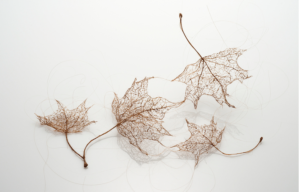 I’m really excited about my upcoming solo exhibition at the Hampden Gallery at UMass Amherst in the Spring of 2017. It will be my first solo-show since graduate school, and I look forward to pulling together many of the concepts and materials I have been exploring over the past several years. After living in Boston for ten years, I am getting ready to relocate! Beginning in September 2016, I will be the Fibers Artist-in- Residence for a year at the Appalachian Center for Craft in Tennessee.
I’m really excited about my upcoming solo exhibition at the Hampden Gallery at UMass Amherst in the Spring of 2017. It will be my first solo-show since graduate school, and I look forward to pulling together many of the concepts and materials I have been exploring over the past several years. After living in Boston for ten years, I am getting ready to relocate! Beginning in September 2016, I will be the Fibers Artist-in- Residence for a year at the Appalachian Center for Craft in Tennessee.
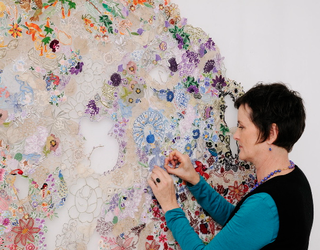
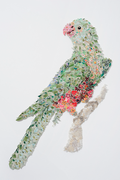 My main art material over the past nine years is discarded needlework, which is primarily vintage or antique hand-made embroidery and lace. Doilies, tablecloths, bed linen and clothing, which were painstakingly and lovingly made for functional and aesthetic domestic purposes in previous eras, are now culturally redundant in our ‘throw-away’ contemporary world. I use the term “reclaimed” as I am claiming the original domestic objects for a new purpose. I rescue these materials from charity/thrift shops and markets and I am fortunate that friends, family and even strangers also contribute needlework to my collection.
My main art material over the past nine years is discarded needlework, which is primarily vintage or antique hand-made embroidery and lace. Doilies, tablecloths, bed linen and clothing, which were painstakingly and lovingly made for functional and aesthetic domestic purposes in previous eras, are now culturally redundant in our ‘throw-away’ contemporary world. I use the term “reclaimed” as I am claiming the original domestic objects for a new purpose. I rescue these materials from charity/thrift shops and markets and I am fortunate that friends, family and even strangers also contribute needlework to my collection. I rarely stitch down any of my textiles, although I have in the past used a vintage sewing machine to stitch the reclaimed needlework to layers of tulle and silk. Now I primarily use stainless steel or brass lace-pins to hold the textile fragments in place. This adds a sculptural element to the relief-work, as there are countless pins in each assemblage. In the case of my bird imagery in particular, the pins add a sense of light shimmering on the feathers.
I rarely stitch down any of my textiles, although I have in the past used a vintage sewing machine to stitch the reclaimed needlework to layers of tulle and silk. Now I primarily use stainless steel or brass lace-pins to hold the textile fragments in place. This adds a sculptural element to the relief-work, as there are countless pins in each assemblage. In the case of my bird imagery in particular, the pins add a sense of light shimmering on the feathers.  What have you learned about embroidery and other needlework traditions that you can share with our readers?
What have you learned about embroidery and other needlework traditions that you can share with our readers?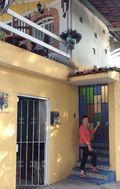 Initially, I was drawn to the residency by a stunning photo of Lake Chapala under the spell of a magnificent sunset, which was posted on Textile Fibre Forum’s online newsletter, with the heading “Free Artist Residency in Mexico”. What drew me to the residency in relation to my own practice was the fact that Mexico still has a living tradition of embroidery, albeit a fragile one. I also found it fascinating that the residency was named for the goddess of artisans, Xochi Quetzal, and in particular she is the protector of embroiderers and weavers!
Initially, I was drawn to the residency by a stunning photo of Lake Chapala under the spell of a magnificent sunset, which was posted on Textile Fibre Forum’s online newsletter, with the heading “Free Artist Residency in Mexico”. What drew me to the residency in relation to my own practice was the fact that Mexico still has a living tradition of embroidery, albeit a fragile one. I also found it fascinating that the residency was named for the goddess of artisans, Xochi Quetzal, and in particular she is the protector of embroiderers and weavers! 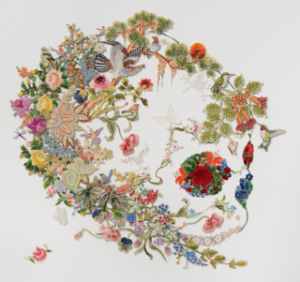 The opportunity to live and work in Mexico for a month and experience another language and culture every day; to spend time with other artists connected to the residency and make connections with some local artisans; to seek out and acquire (with much support from the residency patrons and other knowledgeable people in Chapala) some exquisite embroidery for my collection. I was also able to commission three Mexican flowers embroidered in silk by an artisan in the nearby pueblo of Ajijic. Along with the exquisite and rare Tehuantapec embroidery I purchased in Tlaquepaque, my collection and my next body of work, have been greatly enriched.
The opportunity to live and work in Mexico for a month and experience another language and culture every day; to spend time with other artists connected to the residency and make connections with some local artisans; to seek out and acquire (with much support from the residency patrons and other knowledgeable people in Chapala) some exquisite embroidery for my collection. I was also able to commission three Mexican flowers embroidered in silk by an artisan in the nearby pueblo of Ajijic. Along with the exquisite and rare Tehuantapec embroidery I purchased in Tlaquepaque, my collection and my next body of work, have been greatly enriched.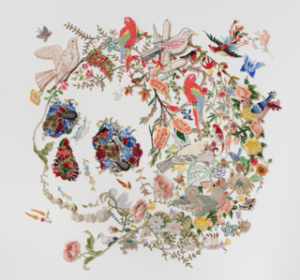 What can you tell us about the work in your upcoming show at Gould Galleries in Melbourne?
What can you tell us about the work in your upcoming show at Gould Galleries in Melbourne?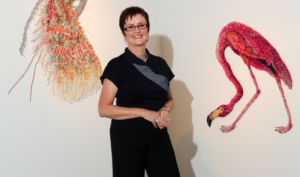 See more of Louise’s art on her website:
See more of Louise’s art on her website: 

 little breakfast and tea I would normally work in the studio most of the day, taking a break for lunch or to run out to buy art supplies at the local papeleria (paper supplies). Most evenings I would walk down to the lake to watch the sunset, then wander through the neighborhood to find a taco cart or cenaduria (only open for late dinners). The town has a different personality during the day so sometimes I would shop in the mornings in order to buy salsa or herbs at the plaza and fresh tortillas at the tortilleria (torilla shop). On the weekends I spent a lot of time down at the malecon (promenade by the lake), people watching…and knitting—I always met interesting folks when I knit on the boardwalk.
little breakfast and tea I would normally work in the studio most of the day, taking a break for lunch or to run out to buy art supplies at the local papeleria (paper supplies). Most evenings I would walk down to the lake to watch the sunset, then wander through the neighborhood to find a taco cart or cenaduria (only open for late dinners). The town has a different personality during the day so sometimes I would shop in the mornings in order to buy salsa or herbs at the plaza and fresh tortillas at the tortilleria (torilla shop). On the weekends I spent a lot of time down at the malecon (promenade by the lake), people watching…and knitting—I always met interesting folks when I knit on the boardwalk. 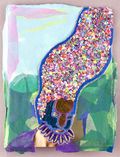 The residency house is located in truly the perfect place—situated in the middle of a neighborhood bustling with small, local businesses and only about 5 blocks from the lake’s malecon, as well as a huge, shady park. I wandered down a different street almost everyday to see what new stores and eateries I could find. This type of wandering allowed me to not only find supplies for my collages, but also to enjoy the varieties of colors, patterns, and textures used for the neighborhood architecture and signage—which translated into my work—and discover delicious treats along the way. One day I ran across a woman selling quesadillas outside her home; another day I was quite thirsty and found a guy selling the most delicious “diablito” drink from his bicycle cart. Walking through town and following my inner compass rewarded me with interesting interactions and fantastic sights. I fell in LOVE with Chapala—everyone was so kind to me—it is wonderful to be in a place where folks greet each other on the street.
The residency house is located in truly the perfect place—situated in the middle of a neighborhood bustling with small, local businesses and only about 5 blocks from the lake’s malecon, as well as a huge, shady park. I wandered down a different street almost everyday to see what new stores and eateries I could find. This type of wandering allowed me to not only find supplies for my collages, but also to enjoy the varieties of colors, patterns, and textures used for the neighborhood architecture and signage—which translated into my work—and discover delicious treats along the way. One day I ran across a woman selling quesadillas outside her home; another day I was quite thirsty and found a guy selling the most delicious “diablito” drink from his bicycle cart. Walking through town and following my inner compass rewarded me with interesting interactions and fantastic sights. I fell in LOVE with Chapala—everyone was so kind to me—it is wonderful to be in a place where folks greet each other on the street. 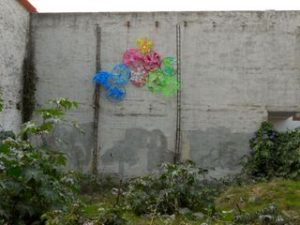 I had just finished a very intense year (well, 3.5 years) making, researching, and writing about pop culture, mating rituals, gender stereotypes, and personal ornamentation. The graduate program simultaneously built me up and beat me down, so I was extremely grateful to have this experience and time to make work on a different physical and intellectual scale. The work I made in Chapala was still related to my thesis work in terms of materials (sequins, glitter, lace, etc.), concept (idealism in media), and masking/ornamentation (in relation to the figure or character). Instead of large-scale costumes and installations I worked on a series of brightly colored collages based around anonymous figures/characters found in magazines and cultural archetypes—like pop stars and religious icons.
I had just finished a very intense year (well, 3.5 years) making, researching, and writing about pop culture, mating rituals, gender stereotypes, and personal ornamentation. The graduate program simultaneously built me up and beat me down, so I was extremely grateful to have this experience and time to make work on a different physical and intellectual scale. The work I made in Chapala was still related to my thesis work in terms of materials (sequins, glitter, lace, etc.), concept (idealism in media), and masking/ornamentation (in relation to the figure or character). Instead of large-scale costumes and installations I worked on a series of brightly colored collages based around anonymous figures/characters found in magazines and cultural archetypes—like pop stars and religious icons. 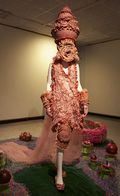 I know that most residencies often have a group of artists living and working in close quarters—a treat for folks who might be missing that type of community. Since I had just finished graduate school I had been privileged to be a part of a close-knit art community for the past 3.5 years. It was actually a nice change to be on my own for a bit. I think that being alone—rather than being surrounded by other artists everyday—allowed me to tone down my “filter”. Instead of questioning every color, material, image, and object placement as I would in graduate school, I let myself make decisions with less judgment and more freedom. Sometimes I would ask myself, “Does this make sense?” and sometimes I would answer, “I don’t care…just do it.” I mostly tried to follow the “What if…?” in order to see where the work would take me. Part of me did miss being able to get another set of eyes on the work in progress though.
I know that most residencies often have a group of artists living and working in close quarters—a treat for folks who might be missing that type of community. Since I had just finished graduate school I had been privileged to be a part of a close-knit art community for the past 3.5 years. It was actually a nice change to be on my own for a bit. I think that being alone—rather than being surrounded by other artists everyday—allowed me to tone down my “filter”. Instead of questioning every color, material, image, and object placement as I would in graduate school, I let myself make decisions with less judgment and more freedom. Sometimes I would ask myself, “Does this make sense?” and sometimes I would answer, “I don’t care…just do it.” I mostly tried to follow the “What if…?” in order to see where the work would take me. Part of me did miss being able to get another set of eyes on the work in progress though. 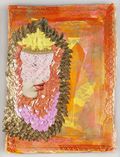 Having this time to just work was a gift. I had been working long days finishing up my thesis work and writing my paper, so that routine of hours in the studio was already in place. But this time I was more relaxed doing the work!
Having this time to just work was a gift. I had been working long days finishing up my thesis work and writing my paper, so that routine of hours in the studio was already in place. But this time I was more relaxed doing the work!  The aroma of this land struck me the moment I stepped off the plane—it has always amazed me how a place can smell like smoke
The aroma of this land struck me the moment I stepped off the plane—it has always amazed me how a place can smell like smoke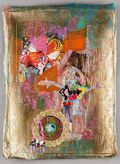 and dust and sunlight and simultaneously feel so fresh and wonderful. I studied in Guadalajara for a semester when I was an undergrad and Mexico has been embedded in my soul ever since. I was thrilled to have been accepted to this residency—and the first of the venture no less—so that I could return to the region that I fell in love with 20 years ago. I was surprised at how immediately comfortable and “at home” I felt in Chapala and at the house. I would love to return to Chapala one day and perhaps follow through on the installation ideas I had. I would also love to share the area with my husband. This magic place has definitely impacted my body/mind/spirit in very positive ways. Thank you so much for granting me this opportunity to explore. -Catherine Armbrust
and dust and sunlight and simultaneously feel so fresh and wonderful. I studied in Guadalajara for a semester when I was an undergrad and Mexico has been embedded in my soul ever since. I was thrilled to have been accepted to this residency—and the first of the venture no less—so that I could return to the region that I fell in love with 20 years ago. I was surprised at how immediately comfortable and “at home” I felt in Chapala and at the house. I would love to return to Chapala one day and perhaps follow through on the installation ideas I had. I would also love to share the area with my husband. This magic place has definitely impacted my body/mind/spirit in very positive ways. Thank you so much for granting me this opportunity to explore. -Catherine Armbrust
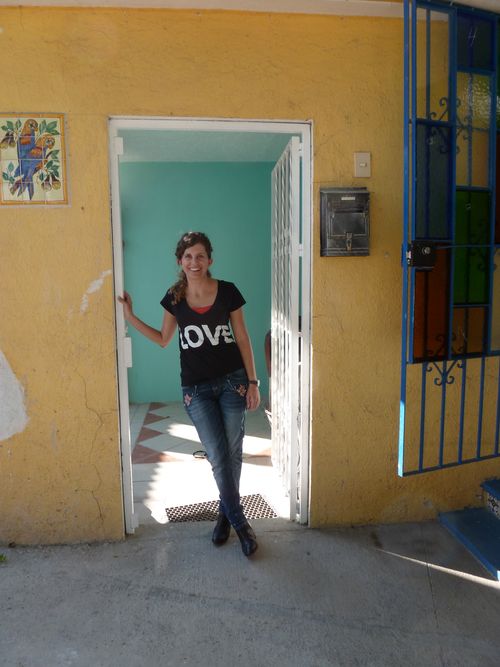

 Your residency was in Chapala, a small town in central Mexico. Tell us about how you found your way around and explored the town.
Your residency was in Chapala, a small town in central Mexico. Tell us about how you found your way around and explored the town. What can you share about your writing process during your residency? What ideas were you exploring? How did this time focused time influence your work and thinking?
What can you share about your writing process during your residency? What ideas were you exploring? How did this time focused time influence your work and thinking?
 Some writers come to a residency with a particular creative game plan. Others just arrive open to whatever inspires them at the moment. How did you approach your residency and how did your creative time compare to what you anticipated?
Some writers come to a residency with a particular creative game plan. Others just arrive open to whatever inspires them at the moment. How did you approach your residency and how did your creative time compare to what you anticipated?